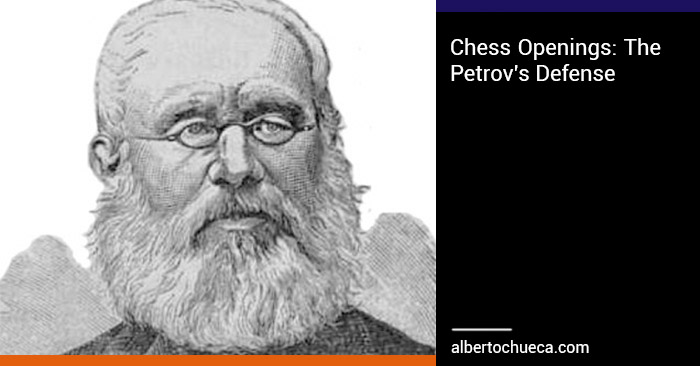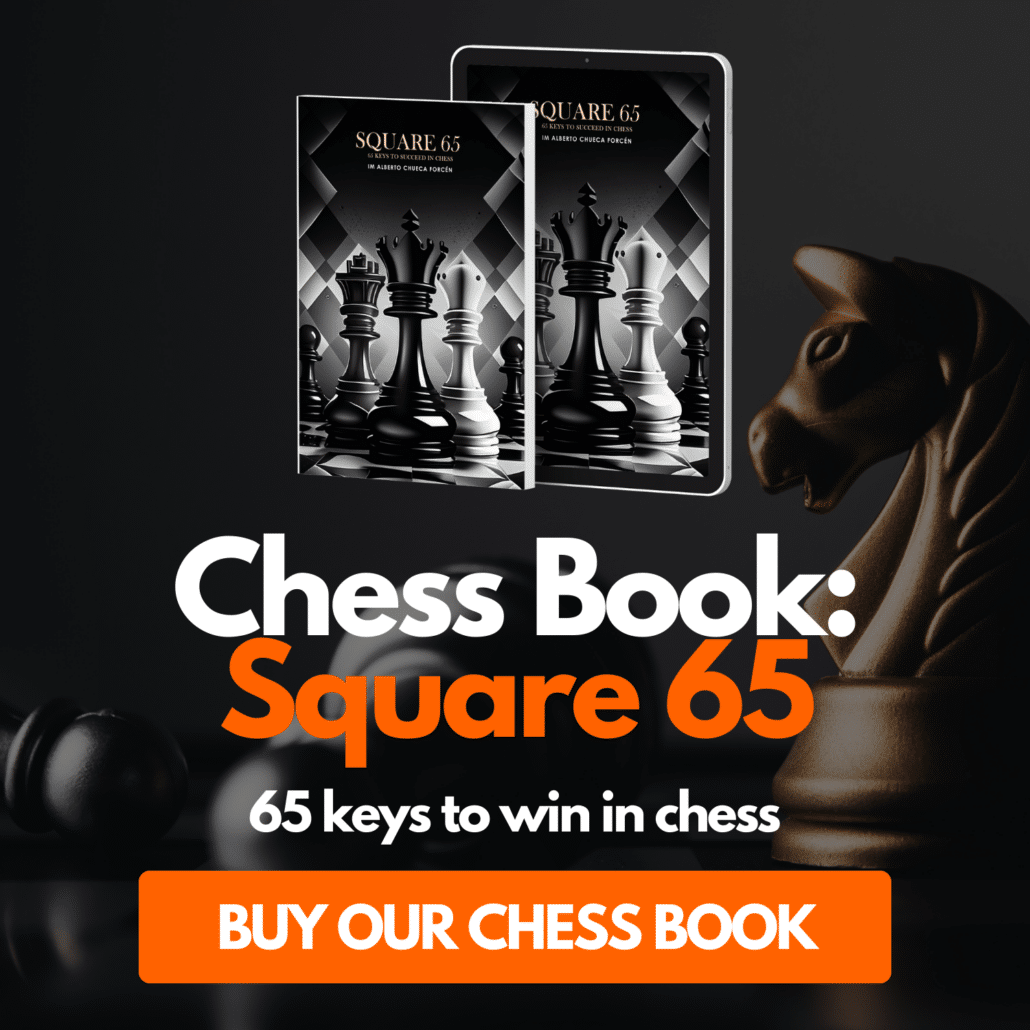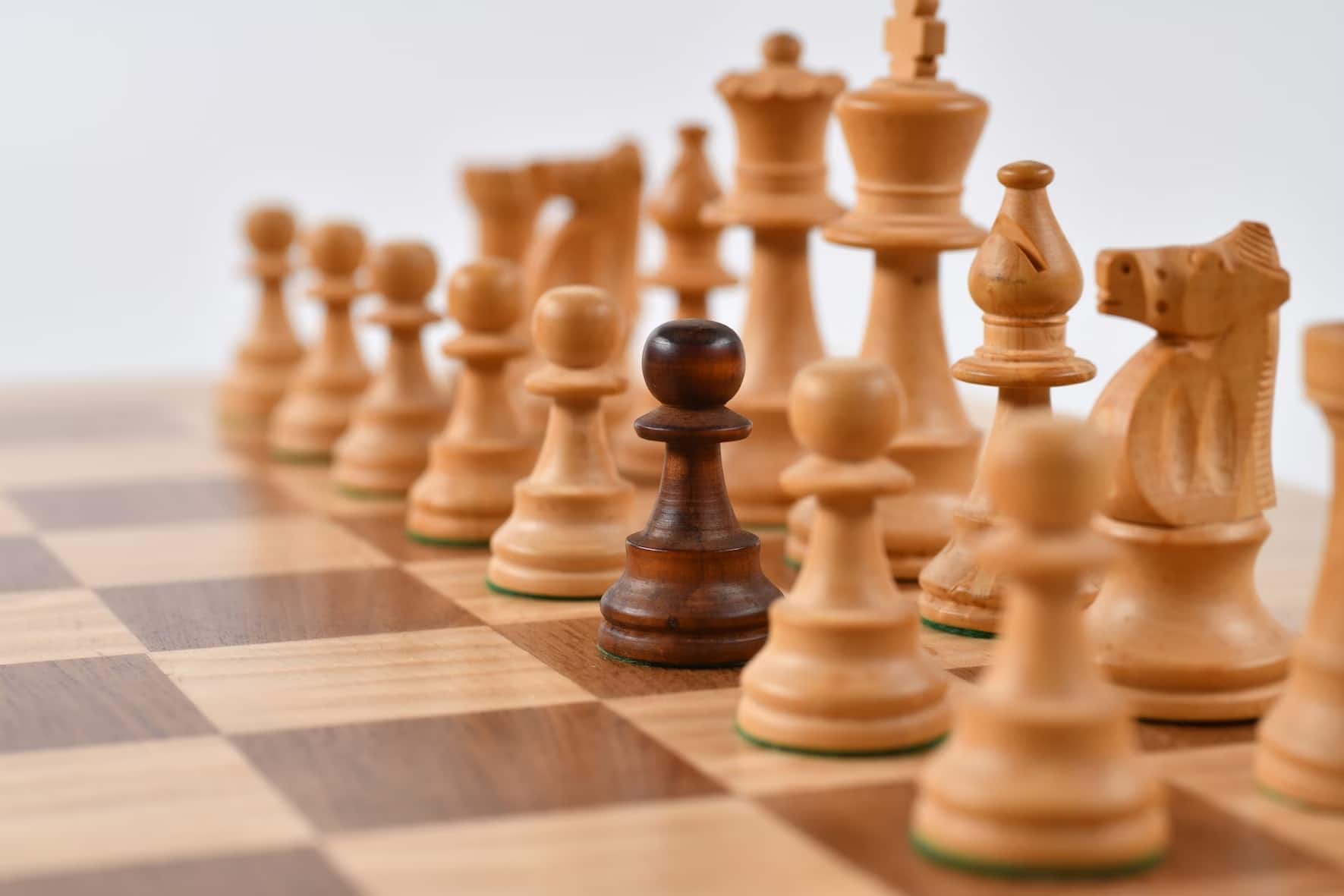Petrov's Defense, Petroff's Defense or Russian Defense.
We have the Petrov's Defense on the board after the moves 1. e4 e5 2. Nf3 Nf6. This defense has the reputation of being very passive, but this is a little relative, it depends on the variation. People say Sicilian (1. e4 c5) is a sharp Defense, however, if White plays Alapin (c3 in the second move), then it won’t be that sharp.
Above all, when you play Petrov's Defense, you will get some solid positions, without weaknesses and with a balanced game or in the worst case with a very small advantage for White. The idea behind move 2… Nf6 is to counterattack in the center threatening white pawn (instead of protecting our pawn with the popular 2. … Nc6).
Here White has two main possibilities: a common move is 3. d4, trying to continue controlling and fighting for the center; but the mainline is just accepting the challenge and taking the pawn 3. Nxe5.
We will go deeper with the theory below.
Chess Openings: Why should you learn Petrov's Defense?
There are some good reasons to study and play a defensive opening like the Petrov's Defense.
Easy to learn: compared to other lines, Petrov's Defense is easy to learn. Of course, in chess, we never know everything, but in general, you will not have to memorize too many moves and lines. You only will need to understand the positions.
Not the most popular line: this is something I like because it means that your opponents do not face it very often, which at the same time usually means that they are not as well prepared against it as against other lines.
It’s very solid, but you've got also chances to win: for example, the second player in the World, Fabiano Caruana, has been playing it recently at the highest level and getting some nice victories with it.
Many strong and legendary masters have played it: besides Caruana, Vladimir Kramnik, Boris Gelfand, Anatoly Karpov, Artur Yusupov, Vasily Smyslov, and many years ago Frank Marshall and Harry Pillsbury used it frequently. So, it cannot be a bad choice, right?
Petrov's Defense: When draw is not a bad result.
Sometimes you need to go for your opponent, then you will have prepared some aggressive line for that: maybe Double King Pawn with Nc6 in move number 2 (1. e4 e5 2. Nf3 Nc6), or perhaps some famous Sicilian Variation, like Najdorf or Scheveningen.
But in some other moments, all you need is to get a draw in order to win a tournament or to qualify for some next stage, or for your team to win a match (according to what you and your teammates are predicting).
For those very common situations, it’s better to avoid complicated and risky positions, and a solid and strong defense like Petrov's Defense is going to help you so much.
The trap we must avoid. Don’t do this.
There is a famous trick beginners fall into very often (probably that is one reason why some people hate Petrov's Defense).
After the moves 1. e4 e5 2. Nf3 Nf6 3. Nxe5 Nxe4??, then White can play 4. Qe2! and after Nf6?? (actually 4. … d5 is better, and black only loses one pawn with 5. d3 Qe7!) then 5. Nc6+ discovered check, getting black Queen.
That’s why the right move, instead of taking directly on e4, is 3. … d6!
Remember it! It's IMPORTANT!
Typical Plans
The mainline
Black will stay with a good Knight on e4 (1. e4 e5 2. Nf3 Nf6 3. Nxe5 d6 4. Nf3 Nxe4 5. d4 d5 ).
Around this knight, there will be an interesting fight: White will try to banish it from that nice square, on the other side Black will protect it and try to keep it there as long as possible.
You must know that in some lines, White wins this small battle, probably getting a slight advantage, but as the second player has a solid structure, usually the game continues with possibilities for both sides.
In this variation, Black’s dark squares bishop can be developed either to e7 or d6.
In the Theory section below, I suggested Bd6 because I feel the positions will be slightly more dynamic and interesting, but actually Be7 is very playable.
Someone could say the bishop on e7 is less active, and maybe that is true. On the other hand, it's blocking a bit the “e” open file where black king is, it means that now black doesn’t have to rush to kingside castle, and we can use our next tempo to develop the knight to c6, which will go to b4 attacking light squares bishop when White plays c4.
Wherever Black’s dark squares bishop goes, White needs to try to attack the base of the e4 knight, by playing the move c4 we mentioned above.
The line 3. d4
This variation is a nice attempt from White to take the initiative. It continues with 3. d4 Nxe4 4. Bd3 d5 5. Nxe5.
This time, both White and Black have a knight in a good central square. It's a symmetrical position with an extra tempo for White, but when Black plays well, they will not have problems.
Typical Pawn Structures
Petrov's Defense: Structure 1
White: a2, b2, c4, d4, f2, g2, h2
Black: a7, b7, c6, d5, f7, g7, h7
This is the most common pawn structure for the middlegame, but at this moment there is tension in the center, so, almost for sure this will transpose to some other structure: if Black trades on c4 we will be in Structure 2 and if it is White who trades on d5 we will have Structure 3.
Petrov's Defense: Structure 2
White: a2, b2, d4, f2, g2, h2
Black: a7, b7, c6, f7, g7, h7
Here White has an Isolated Queen Pawn (IQP) on d4. Certainly it’s a weakness, however, unlike other isolated pawns, this one gives some space and control of the center, so, it compensates very well. In general, the endgame will be good for Black and the middlegame good for White.
Petrov's Defense: Structure 3
White: a2, b2, d4, f2, g2, h2
Black: a7, b7, d5, f7, g7, h7
This is a Symmetrical structure. Then, there will be a fight to control “c” and ”e” open files and also to get the nice squares e4 for Black and e5 for White (sometimes c4 and c5 too).
Theory
1.e4 e5 2. Nf3 Nf6 3. Nxe5 d6 4. Nf3 Nxe4 5. d4 d5 6. Bd3 Bd6 7. 0-0 0-0 8. c4 c6 +=
With a very equal game.
5. Nc3 Nxc3 6. dxc3 Be7 7. Be3 Nc6 =
It's playable.
3. d4 Nxe4 4. Bd3 d5 5. Nxe5 Bd6 6. 0-0 Nd7 +=
It's playable also.









